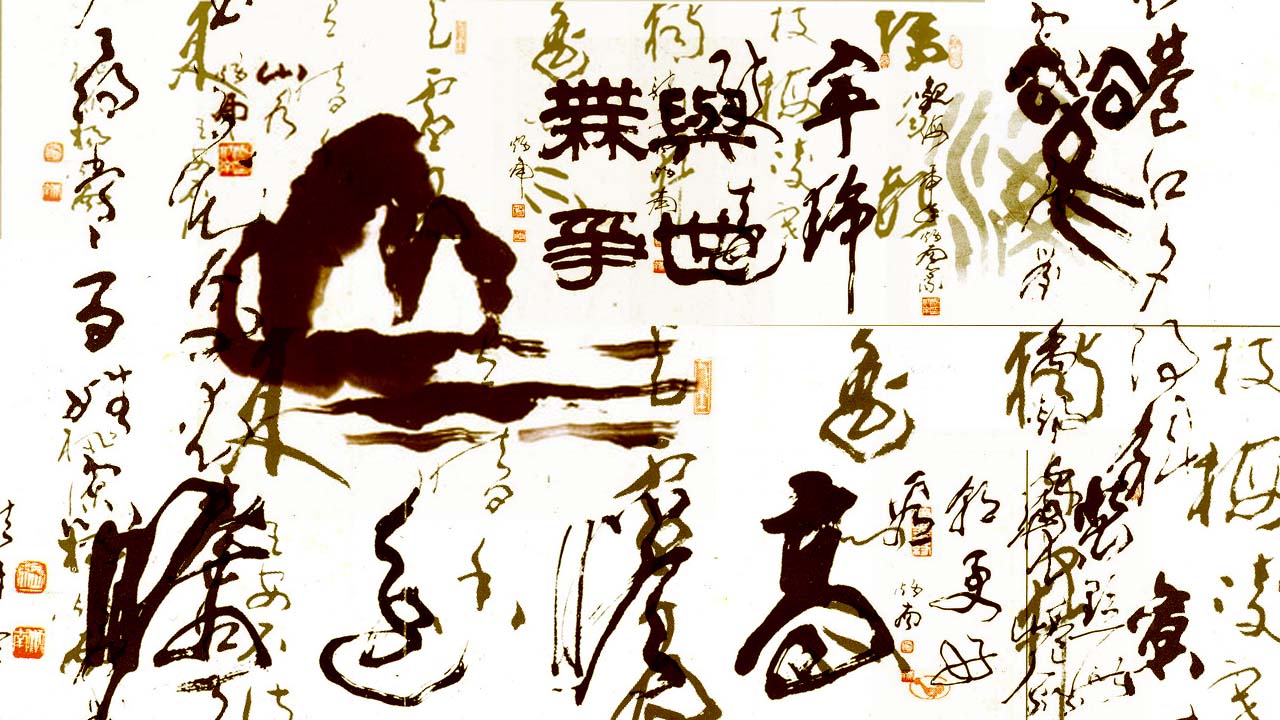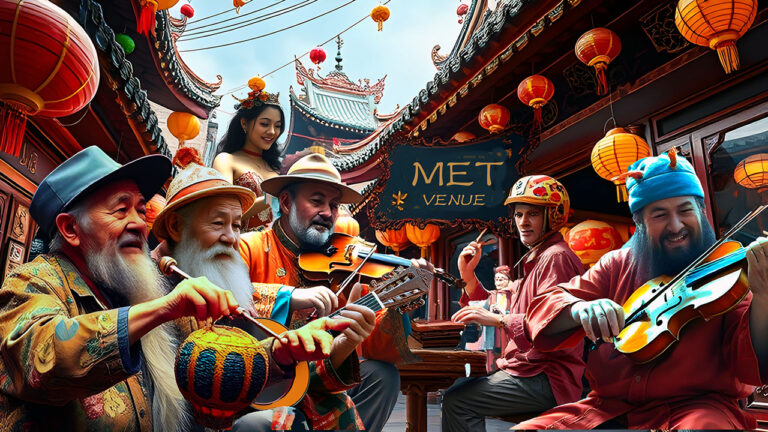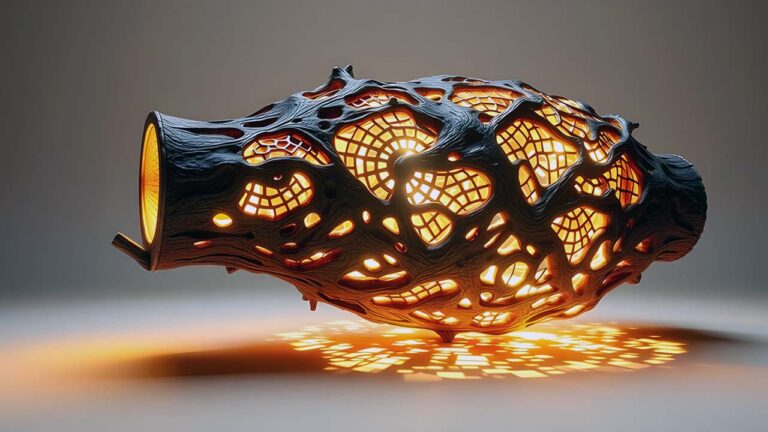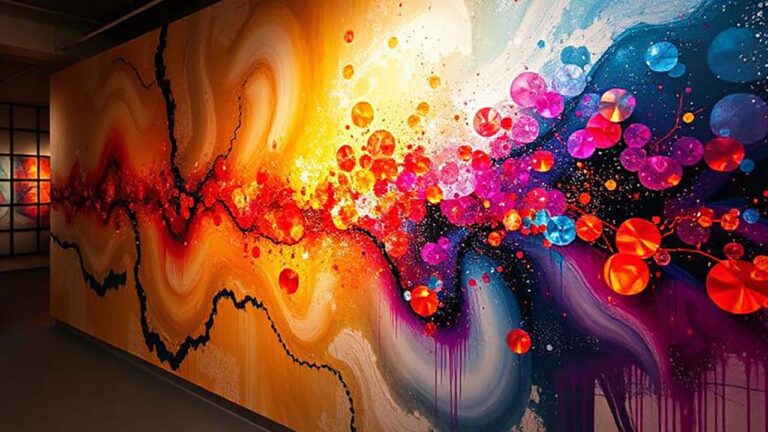
Chinese calligraphy is a hand-writing technique to transmit wordy language. It gradually became an art form after thousand years transformation. The Chinese oldest language discovered now is Jia Gu Wen(Oracle), a matures one that serves as the groundwork to calligraphy and its various descendants. This kind of language system and its associated characters could be also found among the indigenous culture of North America.

From earliest day of history to nowadays, calligraphy is an art that widely practiced throughout Asia society. Although it uses Chinese words as its vehicle of expression, one may not have to know Chinese to appreciate its beauty because, in essence, Calligraphy is an abstract art. While viewing a Western abstract painting, one does not ask, “What is it?” When viewing Chinese calligraphy, one need not ask, “What is the Chinese word?” Like all art, it is best to simply look at them and enjoy its unique “style” and aesthetics that might covey connotations such as ability, mysterious, careful, carefree, balance, unrestrained, mature, virile, grace, sober, well-knit, prolix, rich, exuberant and classic.
What make Chinese Calligraphy so unique when we look it into as an artful practice? We have to take it apart and find what make it is

First, there is the Chinese brush. Though similar to the brush used for watercolor painting in the West, it has a fine tip suitable for dealing with a wide range of subjects and for producing the variations in line required by different styles.
Second, there is the ink. Ink has been used in calligraphy for over two thousand years. When the ink cake is ground on the stone slab with fresh water, ink of various consistencies can be prepared depending on the amount of water used. Thick ink is very deep and glossy when applied to paper or silk. Thin ink appears lively and translucent. As a result, it is possible to use ink alone to create a rhythmic balance between brightness and darkness, and density and lightness.
Third, there is paper or silk. Calligraphy may be done either on Chinese paper or silk. Chinese Paper is very absorbent and the amount of size in it will dictate the quantity of ink used for strokes on the paper. Different paper produce different results; some are rough and absorb ink quickly like a sponge, others have a smooth surface which resists ink. Chinese paper is usually known as rice paper in English.
Fourth, there is the mentality of mandarin cultivated by Chinese culture. The mandarin class, educated people at official post of old society, applied calligraphy as daily paperwork not only to document but also to express their personal quality. Although, the Chinese words were formed into the square style after Qin Dynasty, creative mandarins somehow tired of it boring look and tried to find something new while writing. They were deliberately trying to write with different style to establish their own personalities. After searching and practicing, some of them became calligraphist as well as artist similar to Western society.

Since the materials used for calligraphy and painting are essentially the same, developments in calligraphic styles and techniques can also be used in Chinese painting.
After Qin Shi Huang united the old China in 221 B.C, the official language is Xiao Zhuan. Calligraphy had already been an art at that time. Calligraphy works of Qin dynasty are always high evaluated by calligraphers in history.
The first blooming period of calligraphy as an art should be at Han dynasty. An calligrapher, Liang Hu went to restaurant but didn’t bring money. He wrote on the wall. People there liked to pay for him by watching his calligraphy. A lot of great calligraphers appeared in Han dynasty. Unfortunately, they usually didn’t sign the name after their calligraphy work. There’re some great works of unknown calligraphers during Han dynasty.
Jin is the dynasty with great achievement in calligraphy. A lot of great calligraphers appeared at this time, including Wang Xizhi and Wang Xianzhi.
The South and North dynasty is also a dynasty with great achievement. There are a lot of tablets of North Wei (386-534) with great calligraphy. People called calligraphy works of this period as Wei Bei, which means tablets of North Wei dynasty. Like tablets in Han dynasty, the most of them are from calligraphist of unknown.
Tang dynasty is the dynasty that calligraphy is taken most serious. As a result, a lot of great calligraphers appeared, including Yan Zhenqing.
After Tang dynasty, the calligraphy as an art declined. The worst period is Ming dynasty. From Song dynasty to Qing dynasty, the greatest calligraphy works in paper were kept in house of the emperor family. People rarely have the chance to see them. The only available works of calligraphy for general public are the tablets. In Qing dynasty, a lot of ancient tablets, such as from Qin dynasty, were discovered for people to learn. That’s one of the reason why master status of calligraphy is in Qin dynasty.
Today, most calligraphic masterpieces are treasured in museums. A lots of books talking about calligraphy have appeared in the western book store. People of the world gradually understand the essence of it and would like to appreciate its beauty and inspiration. Nevertheless, there are still some great calligraphers trying to push it style beyond limitation. The spirits within could offer us a great pondering while watching!







